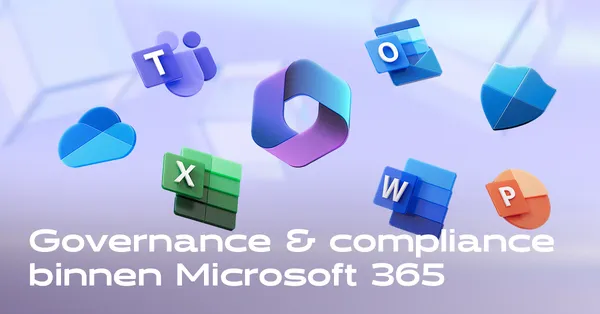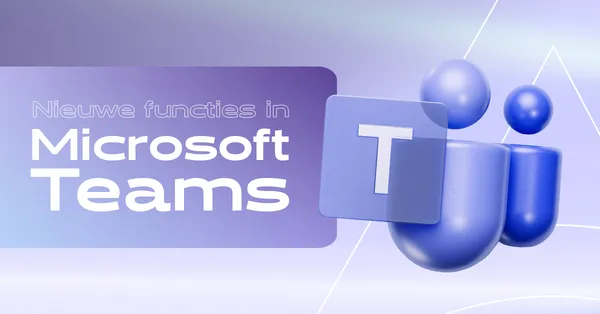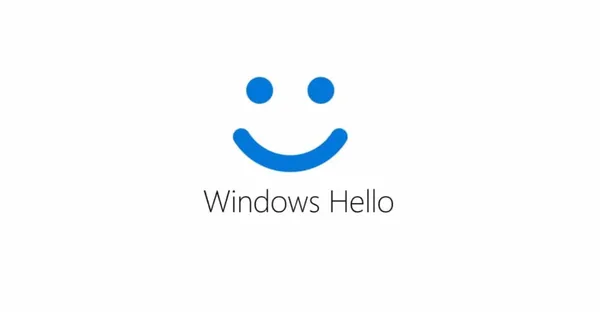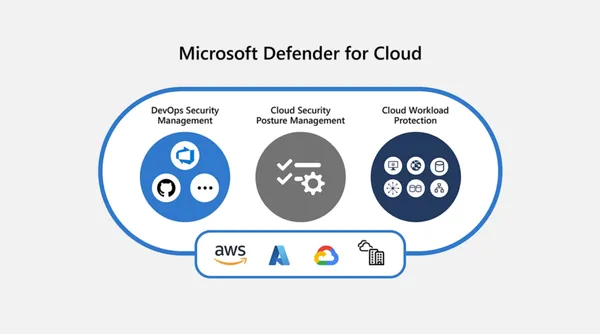
Knowledge base
February 21, 2021
Microsoft Teams vs Slack vs Skype for Business Comparison
We live in the age of the virtual encounter. The 2020 COVID-19 crisis meant that video conferencing and virtual messaging would remain a hot commodity well into the future as remote working has become the norm in many businesses.
But there are many different team collaboration solutions available today. This article compares Microsoft Teams and Slack to determine the best team collaboration software out of the two. Next, we look at Slack vs. skype vs. Teams to find the best features shared by some or all of these platforms, in a team collaboration software comparison. Which platform is best for your business?
Microsoft Teams vs Slack
In 2017, software giant Microsoft introduced an integrated suite of apps, platforms, and services called Microsoft Teams. Their plan was for Teams to become the best team collaboration software in the world by becoming a fully integrated hub not only for chat and collaboration, but also for video conferencing, calling, file sharing, and more. It was an ambitious plan that only a global software giant could realize. How did they do it?
Today, Microsoft Teams has over 13 million daily users and another 19 million who use the platform weekly. That’s pretty impressive in just two years. But how does Teams compare to instant messaging (IM) giant Slack, which is valued at about $20 billion and was recently bought by Salesforce for nearly $10 billion more than the valuation?
In a head-to-head review of Microsoft Teams vs. Slack, you can see that Slack has a lot to offer. For example, it was reported that Microsoft was considering buying Slack just four years ago. When that failed, Microsoft put more effort into developing the chat features found in Teams today.
But in a team collaboration software comparison, Slack competes against Microsoft in just one key area, and that’s IM. Slack launched in 2014, beating Microsoft in their IM game by three years. According to its history, Slack had immediate success, receiving 8,000 users on its first day and another 15,000 in the second week it launched. That first year, the app grew by 5 to 10% per week. Slack expanded its product over time by integrating with Google Drive, Asana, GitHub, Zapier, and Salesforce. These platform integrations enabled better customer and content relationship management, document management and collaboration, and even code version control.
Interestingly enough, it was the software engineering world that fell in love with Slack. When comparing Microsoft Teams vs. Slack from a business perspective, Teams has become a go-to for the average company, while Slack has always been hip for developers.
But again, these products are something else. Microsoft Teams aims to be your business hub by integrating email, document management, video, instant messaging and project management under one umbrella. Slack, on the other hand, is primarily an IM tool, although today there are more than 2000 integrated apps and 750 bots in the Slack App Directory. But that didn’t stop the war between Microsoft Teams and Slack for the title of best team collaboration software.
But what about competitor Skype, the self-titled “Godfather” of video conferencing? Looking at Slack vs. skype vs. Teams, how do these three solutions come first?

Slack vs Skype vs Teams
Skype has been around since 2003 and was one of the first video conferencing solutions on the market.
Skype has gone through a lot of changes over the years that have nothing to do with the rollout of features. For example, note that Skype for Business is retiring this summer and will only be replaced by the Microsoft Teams product. But if we look today at Microsoft Teams vs. Skype for Business vs. Slack, there are some advantages to the Skype product that make it a desirable option for video conferencing despite some ups and downs of the brand.
First, Skype (not Skype for Business) is still free for up to 50 meeting participants. With this service you can call with Voice over IP (VoIP) to fixed and mobile numbers for a fee. Skype lacks some of the modern features found in today’s video conferencing solutions, but it has developed some interesting features such as:
Meet Now, which you can click to start a chat or video conference session without logging out of an account.
· IM chat as part of its video conferencing solution, so it competes with Teams and Slack in this area.
· There is live captioning on Skype for 11 languages, from Chinese and German to Japanese and Russian. If you have a global workforce, this is a great resource.
· Like the Teams video conferencing solution, Skype has a whiteboard function with a laser pointer and drawing tools.
So, is Skype for Business vs Slack a better option? It depends what you need. Skype is a good option for small business video conferencing because it is free. However, Slack is a better option if your goal is to set up an easy-to-use IM platform to let your teams communicate.
Still, these two solutions are unlike Microsoft Teams, which has a huge, versatile platform that serves as a hub for everything your business needs. There’s one problem: it’s expensive and probably best suited for medium to large organizations.
Who has the best team collaboration software?
The real question we asked at the beginning of this article was, in a direct comparison of the best team collaboration software, which was better, Slack vs. Skype, vs. Teams? The answer always lies in the context of your budget and business case.
Source: mega meeting
Want to know more?

Related
blogs
Tech Updates: Microsoft 365, Azure, Cybersecurity & AI – Weekly in Your Mailbox.









